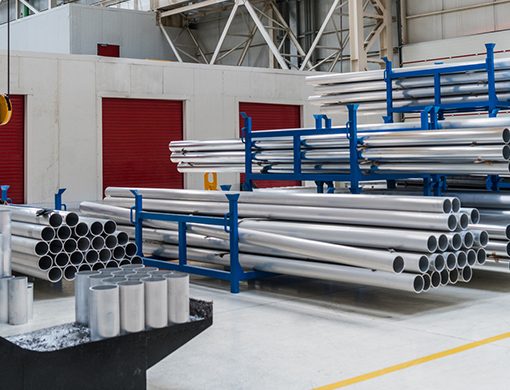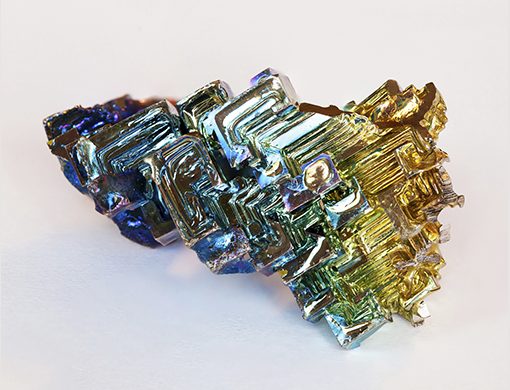Solid structures
From everyday uses to extreme applications, Aluminum alloys get the job done Many people think of Aluminum in terms of crushable cans and foil, but, in addition to being lightweight, Aluminum’s strength and toughness is valuable when manufacturing cars, trucks and military vehicles. There are more than 500 recorded alloys that contain Aluminum, and because…



